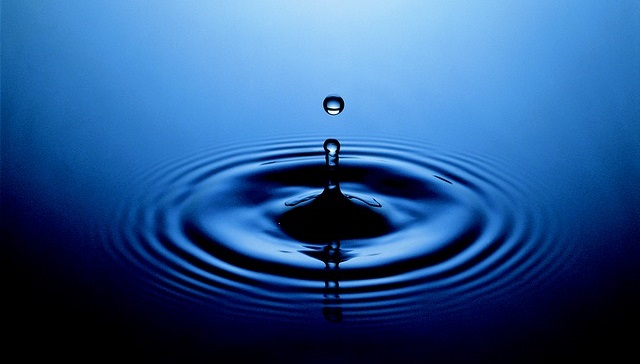The Need For Water Treatment
- Aug
- 09
- Posted by Jeffery
- Posted in Water Treatment
- 0
You may or may not realize it but, water needs to be cleaned and washed. There is a name for washing the water. It is called water treatment.
Water treatment is the process that water goes through so that it can be of better quality to be used. It is made to be safer for humans to drink and for industries to use with a small to none environmental problem.
The water treatment method will vary greatly. This article will inform you of two of the major kinds of water treatment. They are water purification and treatment of sewage.
 Purification Of Water
Purification Of Water
The whole point behind purifying water is that this water treatment method cleans out any contaminants in the water. The water that comes from this process is clean and safe enough for you to drink and for using in industry.
What Kind Of Contaminants Are In The Water?
You will find contaminants ranging from chemicals, parasites, and bacteria’s in water. There are also many others including algae, bacteria, Viruses, fungus, Gardia, lead, copper, Cryptosporidium.
Each of these different substances can cause ill effects for human health. Some of the contaminants in water are hazardous to your health. When these substances are taken out of the water by the use of water treatment methods of purification, the water will improve in taste, smell, and color.
Treating Sewage
Sewage treatment is another type of treatment for water. The whole point behind treating sewage is not to clean the water to drink but, to clean the nasty waste from it so that it can be sent back into the environment for use again. Sewage treatments clean the sewage not the water in it.
Sewage is the result of waste that is discharged from homes, businesses, and industrial buildings and institutions. The sewage is filled with toxic substances that are dangerous to humans and the environment. Water treatment methods make the sewage clean enough to go back into the environment again.
How Do They Treat Sewage?
Treating sewage is a three step process. The processes are the primary, secondary, and tertiary treatments. The primary stage is responsible for separating the solid waste from the stream of water by mechanical means to include the use of pre-precipitation and influx. The next thing that happens is the water borne bacteria that is common to the sewage is changed the dissolved substances into a solid waste product. The secondary stage provides the water with oxidation, post precipitation, and effluent. The tertiary stage takes these solids and neutralizes them. The solids are ready to be sent to the environment and will not cause any problems.
Sewage that has the water treatment process completed is then sent to a stream, river, lagoon, or wetland. They are also sent to golf courses, greenways, or parks to irrigate the soil. If the water appears to be clean enough, the water can be used to refill the groundwater.
You can also find more info on water treatment and extensive water treatment. eWaterTreatmentSystems.com is a comprehensive resource for water treatment with information on reviews, reverse osmosis and how it works.
Article Source: http://EzineArticles.com/?expert=David_Faulkner
No related posts.
| M | T | W | T | F | S | S |
|---|---|---|---|---|---|---|
| « May | ||||||
| 1 | 2 | 3 | 4 | 5 | 6 | |
| 7 | 8 | 9 | 10 | 11 | 12 | 13 |
| 14 | 15 | 16 | 17 | 18 | 19 | 20 |
| 21 | 22 | 23 | 24 | 25 | 26 | 27 |
| 28 | 29 | 30 | ||||
Topic Categories
- Condensate Treatment
- Filter
- Forward Osmosis
- Makeup Water Treatment
- Nuclear Power
- Waste Water Treatment
- Water Treatment
